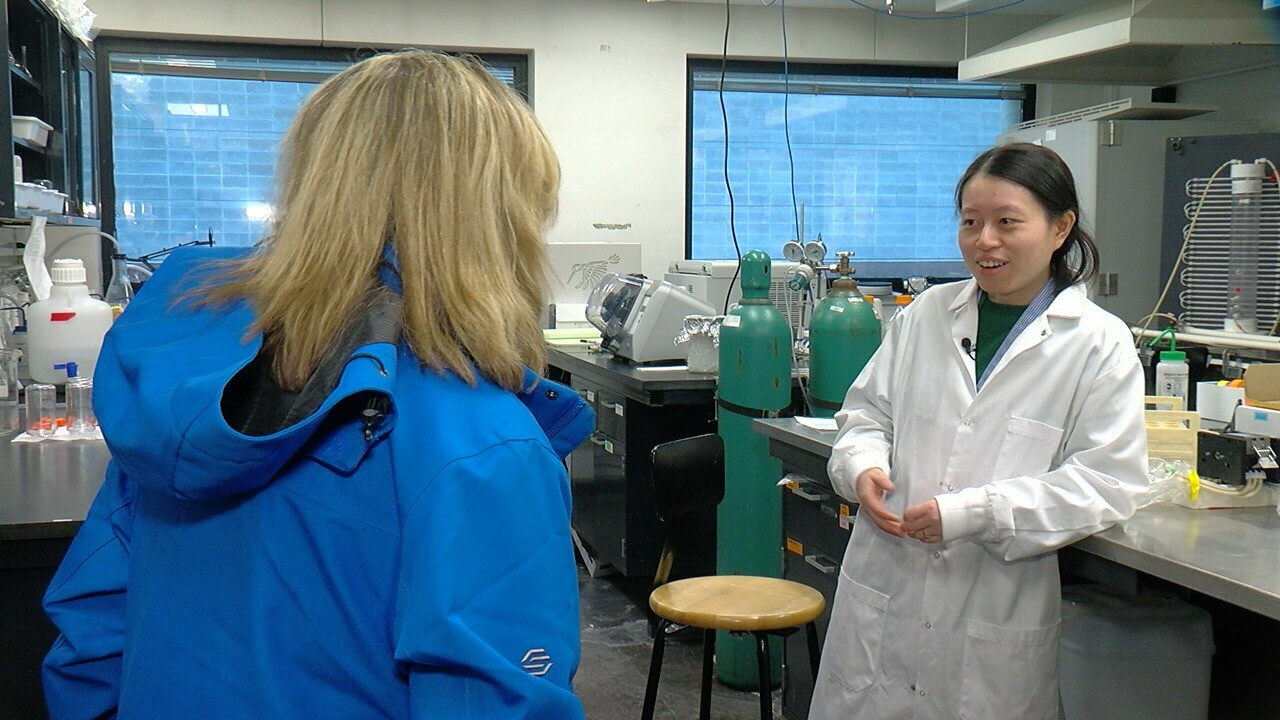AMHERST, NY (WKBW) — Wastewater has expanded at the University at Buffalo to continue tracking COVID across the region.
“We can just take the wastewater to see what variants circulating in the system,” remarked Yinyin Ye, associate professor, UB Department of Civil, Structural & Environmental Engineering.

Inside an Environmental Engineering lab at UB’s north campus, testing wastewater samples are monitored for the COVID virus.
Two days a week wastewater from Erie County is tested in the lab.
The wastewater comes from seven treatment plants in Erie County and the city of Buffalo.

“So Bird Island, Amherst, Tonawanda, Lackawanna,” explained Jennifer Surtees, Assistant Professor, Biochemistry, UB School of Medicine & Biomedical Sciences
UB started reviewing wastewater for COVID two years ago.

“The infected individuals — they're shedding those viral genes in the wastewater. They're not infectious viruses, but they definitely give to certain signals in the wastewater to tell us what's trending or infections going on in the community,” Ye replied.
UB researchers are testing and sequencing wastewater which provides early warning signs of a future pandemic and types of variants.
“It’s looking like about half or more of the virus in the wastewater is BA-2,” noted Surtess.

The Chautauqua County Health Department is also checking wastewater samples, but detected low levels of COVID in samples from Jamestown and Dunkirk.
UB researchers tell me fewer people are getting PCR tests and relying on antigen and home testing making it difficult to track cases.

“It’s going to be harder for us to track in the way we have in the past, which means that this wastewater sequencing becomes really important,” described Surtees.
Statewide wastewater is being tested from 200-treatment plants covering about 90-percent of state residents.





